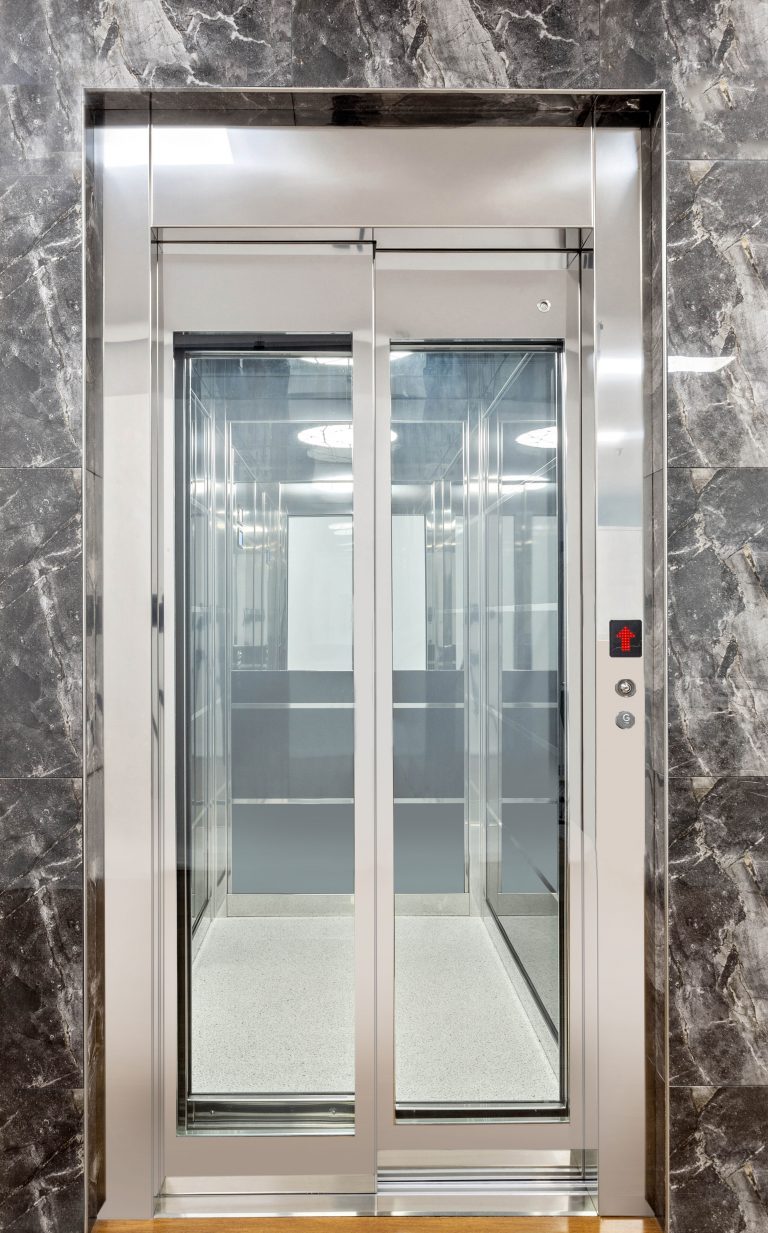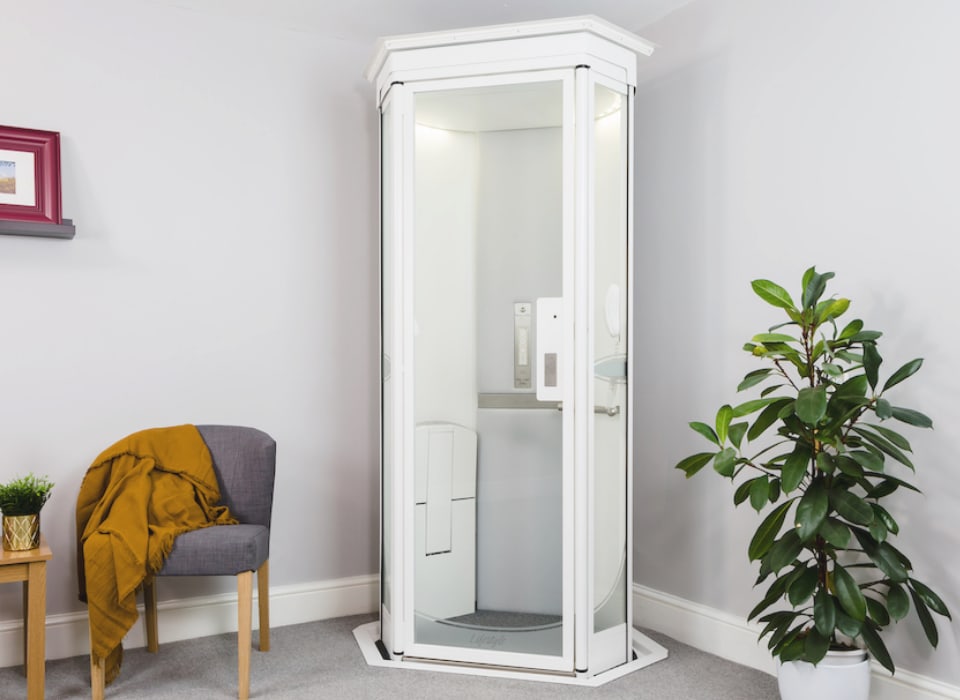Leading Lift Companies in London: Supplying Exceptional Service and Assistance
Leading Lift Companies in London: Supplying Exceptional Service and Assistance
Blog Article
Deciphering the Complexities of Lift Innovation: Troubleshooting Common Issues Throughout Lift Models
From slow procedure issues to peculiar noises rising from the equipment, repairing typical troubles across different lift models requires an eager eye for detail and a systematic technique. Stay tuned as we browse via the maze of lift malfunctions, looking for solutions to the enigmatic troubles that can disrupt the smooth performance of these indispensable apparatuses.
Identifying Slow Operation Issues

Following, check the electric connections to ensure that all components are effectively linked and functioning. Damaged circuitry or loosened links can bring about slow down operation or complete breakdown of the lift system. Additionally, it is crucial to evaluate the control system to determine if the problem exists in the shows or sensing units.
If the aesthetic inspection and electric checks do not disclose the source of the slow procedure, further analysis tests might be essential. These could include stress examinations for hydraulic systems, voltage examinations for electrical parts, or running diagnostic software program for the control system. repair and maintenance services. By following an organized approach to troubleshooting sluggish procedure issues, you can successfully recognize and fix the problem, making sure the lift operates securely and successfully
Addressing Unusual Sounds
To successfully troubleshoot lift technology for odd sounds, a detailed assessment of the lift components following the identification of slow-moving operation problems is important. Weird sounds in lifts can be a measure of underlying problems that require prompt attention to guarantee the safety and dependability of the system. Typical resources of weird sounds in lifts consist of worn-out or misaligned wheels, damaged motor bearings, damaged or loose suspension ropes, and malfunctioning control systems. When addressing weird sounds, it is important to conduct an organized evaluation of these parts to determine the specific reason for the sound accurately. This might involve inspecting for any type of noticeable signs of wear and tear, checking the performance of electric motor bearings, tightening up loosened connections, and lubricating moving parts as required.
Additionally, it is vital to describe the lift manufacturer's maintenance guidelines and seek support from certified specialists when dealing with complicated lift components or unfamiliar troubleshooting procedures. By quickly attending to weird noises and resolving underlying problems, lift drivers can make certain the optimum performance and security of the lift system for travelers and operators.
Managing Faulty Control Issues
An effective strategy for addressing malfunctioning control issues in lift technology includes performing a detailed analysis of the control system's components and performance. When experiencing issues with lift controls, it is critical to initial look for any loose her explanation links, harmed electrical wiring, or malfunctioning sensors. Confirming that all control buttons, displays, and keypads are working appropriately is additionally essential in diagnosing the problem properly.
If no noticeable issues are noticeable, service technicians ought to continue to inspect the control panel for any kind of indications of water getting too hot, rust, or damage, as these can usually result in manage breakdowns. Additionally, resetting the control system or upgrading the software application may help fix specific glitches or bugs causing the trouble.

Taking On Hydraulic System Malfunctions
The effectiveness of hydraulic systems in lifts depends greatly on the correct functioning of numerous elements within the system. When hydraulic systems breakdown in lifts, it can lead to functional disruptions and security issues.
An additional frequent hydraulic system malfunction is a loss of stress, which can result from air going into the system, fluid contamination, or pump ineffectiveness. Service technicians can address this by hemorrhaging the system to eliminate air, changing contaminated fluid, or servicing the pump as required. In addition, irregularities in hydraulic liquid levels or unusual sounds during lift procedure may indicate underlying system malfunctions that need immediate attention to stop additional damage. Normal maintenance and prompt troubleshooting of hydraulic system concerns are vital to guaranteeing the safe and efficient procedure of lift innovation.
Dealing With Electrical Component Failings
Dealing with electrical component failings in lift modern technology necessitates a systematic method to detecting and settling problems to maintain operational performance and safety criteria. When running into electrical issues in lift systems, it is critical to initial conduct an extensive inspection of the electric elements, including control panels, electrical wiring, sensing units, and motherboard. Any kind of indications of damage, corrosion, loose connections, or charred elements ought to be carefully noted and attended to immediately to stop additional difficulties.
When it comes to electric component failures, it is necessary to adhere to supplier guidelines for fixing and repair procedures. This may entail checking the components utilizing he has a good point multimeters, oscilloscopes, or various other diagnostic devices to determine the specific source of the malfunction. In addition, having a thorough understanding of the lift's electrical schematics and wiring representations can help in identifying and correcting concerns successfully.
Normal upkeep and examination timetables can assist protect against electrical failures by discovering potential concerns early. Correct training for lift technicians on electric systems and parts is additionally crucial to make certain exact diagnosis and effective resolution of electric troubles, eventually adding to the general safety and security and reliability of lift procedures.
Final Thought
Finally, repairing lift technology calls for an organized method to identify and address common troubles such as slow-moving operation, strange sounds, defective controls, hydraulic system malfunctions, and electrical component failings. By comprehending the complexities of lift technology and following proper fixing actions, service technicians can effectively fix problems and guarantee the reliable and safe procedure of lifts across different models.
To effectively troubleshoot lift technology for strange sounds, a comprehensive examination of the lift elements adhering to the recognition of slow-moving procedure issues is critical. Unusual sounds in lifts can More Info be a sign of underlying problems that need punctual interest to guarantee the safety and security and reliability of the system.A reliable strategy for resolving defective control troubles in lift innovation entails conducting a thorough analysis of the control system's parts and performance.The effectiveness of hydraulic systems in lifts relies greatly on the proper functioning of various parts within the system. repair and maintenance services. When running into electrical problems in lift systems, it is important to initial perform a complete inspection of the electrical parts, consisting of control panels, wiring, sensors, and circuit boards
Report this page